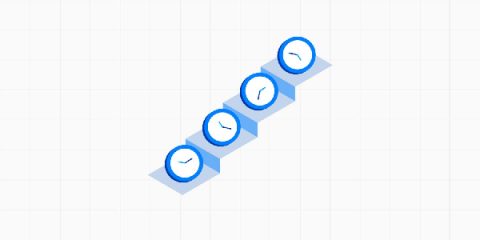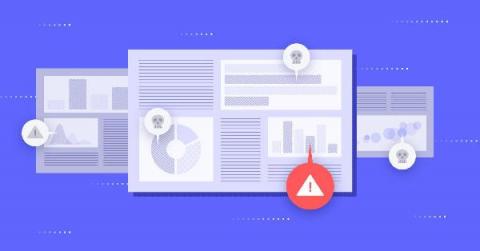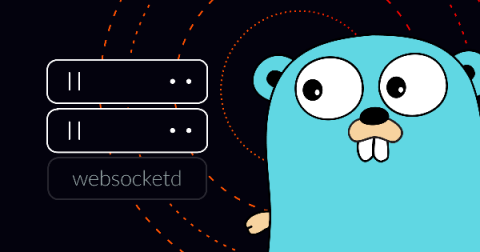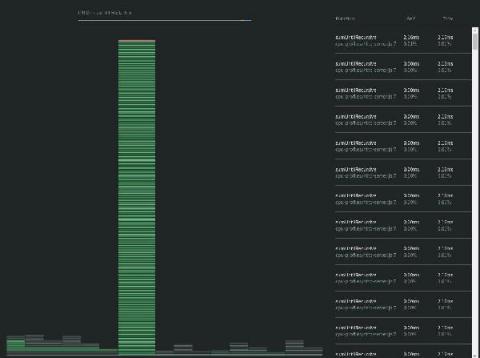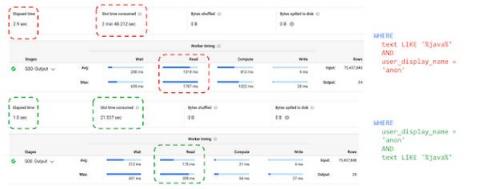Benefits of Load Testing Tool Available in the Cloud
One of the core tasks during load testing is setting-up of required Test Agents or Load Generators. Though it is straightforward in most cases, it can be challenging and time-consuming when you do not have enough details required for hardware sizing and memory footprint and also need support for thousands of virtual users.



